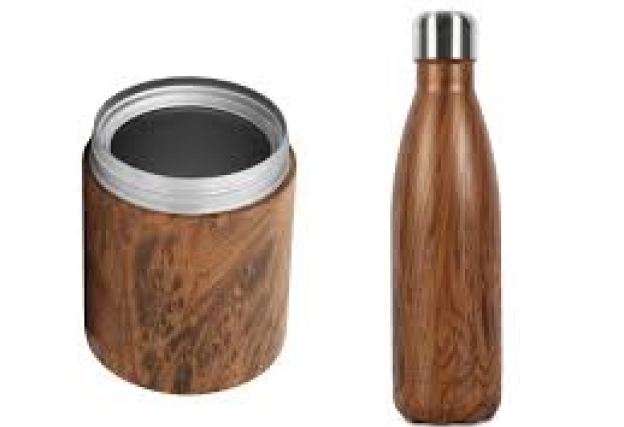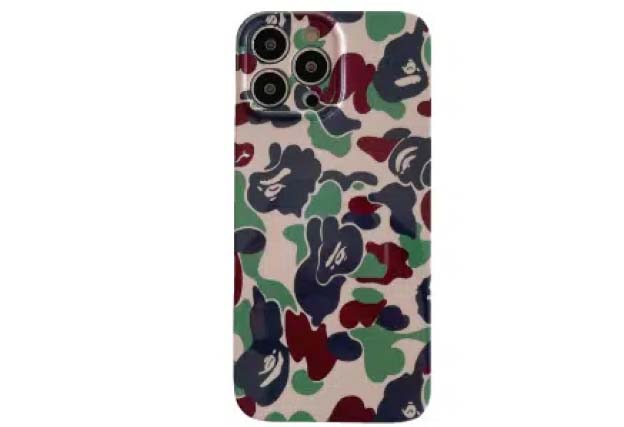

Water transfer printing, also known as immersion printing, water transfer imaging, hydro dipping, water marbling, cubic printing, Hydrographics, or HydroGraphics. It is a decorative coating technology that allows you to apply detailed patterns and artwork onto 3-dimensional objects.
This coating method is used widely for decorating considered decorative art or applied art. The hydrographic process can be used on metal, plastic,Silicone, hardwoods, and various other materials.
Definition and Process
Water transfer printing involves the following steps:
Preparation: The item to be printed is cleaned and primed to ensure proper adhesion of the printed design. Priming also helps to create a uniform surface for the application.
Film Application: A water-soluble film with the desired printed design is placed on the surface of a water-filled tank. The film is carefully laid out to avoid any air bubbles or wrinkles.
Activation: A chemical activator is sprayed onto the film. This chemical dissolves the film, turning the printed pattern into a floating ink layer on the water’s surface.
Dipping: The item is then slowly dipped into the water through the floating ink layer. The water pressure causes the ink to wrap around and adhere to the surface of the item.
Rinsing and Drying: After dipping, the item is rinsed to remove any residual film and activator. It is then allowed to dry.
Clear Coating: To protect the printed design and enhance its durability, a clear coat is applied. This can be a matte, semi-gloss, or high-gloss finish, depending on the desired look.
Advantages of Water Transfer Printing
Versatility: Can be applied to a wide variety of materials, including plastics, metals, ceramics, wood, and glass.
Complex Patterns: Capable of transferring intricate and continuous patterns, such as camouflage, carbon fiber, wood grain, and custom designs, onto complex shapes.
Uniform Coverage: Provides even coverage on three-dimensional objects with irregular surfaces.
Durability: When combined with a clear coat, the design becomes highly durable and resistant to wear and tear.
Limitations of Water Transfer Printing
Initial Setup: Requires specific equipment and chemicals, which can involve a significant initial investment.
Skill Requirement: The process requires skilled operators to ensure high-quality results, as improper dipping can result in distortions or imperfections.
Environmental Considerations: The process involves the use of chemicals, which require proper handling and disposal to minimize environmental impact.
Applications
Water transfer printing is widely used in various industries, including:
Automotive: Customizing vehicle interiors and exteriors with unique patterns and designs.
Consumer Goods: Applying decorative finishes to items such as helmets, gaming controllers, and sporting goods.
Home Décor: Enhancing household items like vases, picture frames, and kitchenware with intricate designs.
Electronics: Adding aesthetic designs to electronic devices and accessories.
In summary, water transfer printing is a versatile and effective method for applying detailed and complex designs to three-dimensional objects, making it popular in many industries for both functional and decorative applications.





